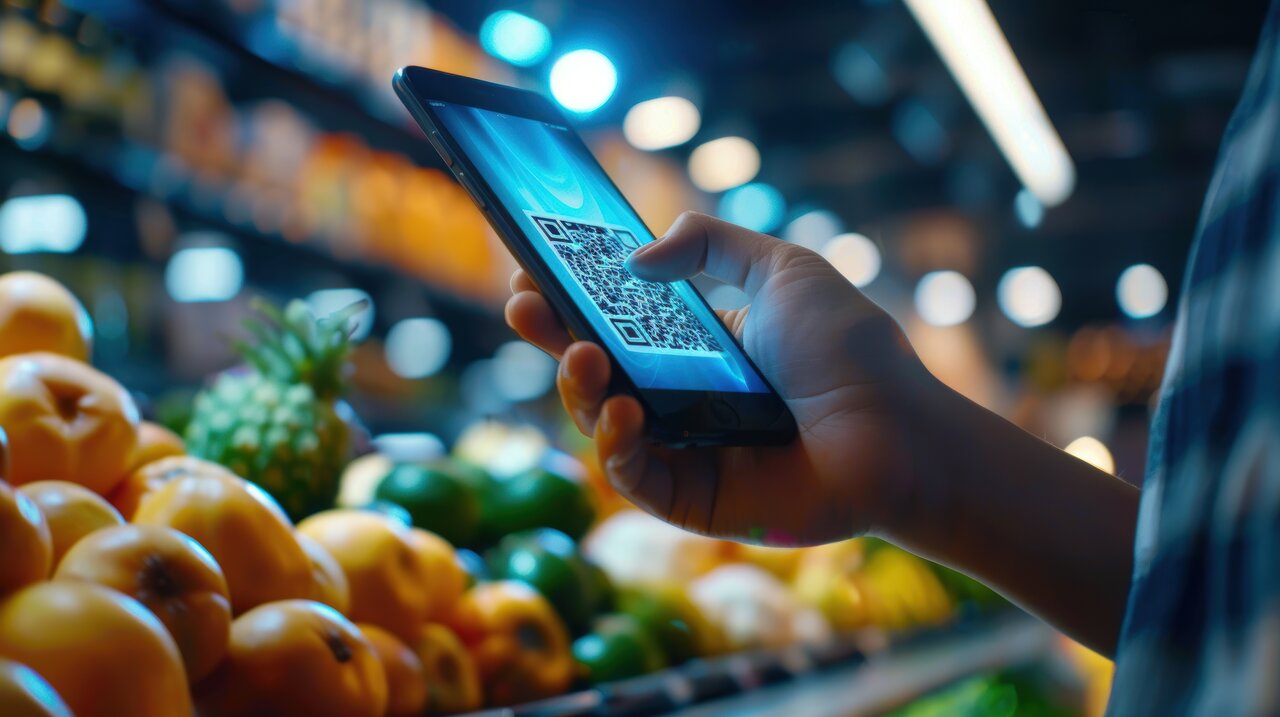Share This
Related Posts
Tags
Barcode Tech
By Joel Nelson on Dec 11, 2024 in Technology
As holiday shopping steps up, you might interact with barcodes – those squares or rectangles with vertical black lines interspersed with white space and numbers that are attached to your purchased items – more than usual. Ever wonder where they came from and what they do?

Virtually all types of businesses use barcodes to track products, prices and inventory. Computers linked to scanners read the codes and use a unique combination of bars, spaces and numbers to retrieve data about the product.
“Barcodes play a crucial role in the effective and efficient operation of our economy, from small businesses to large multinational conglomerates,” says Wasp Barcode Technologies, a Plano, Texas-based provider of inventory management and asset tracking systems. “They paved the way for the globally connected distribution channels we now have.”
Innovation from lines in the sand
Barcodes trace their origin to 1949, when Joseph Woodland, a mechanical engineer at Drexel University, drew a set of parallel lines, or bars, in beach sand as he sought to apply a variation of Morse code to automate the grocery checkout process. Woodland and his colleague Bernard Silver subsequently filed a patent application for “Classifying Apparatus and Method,” the first barcode concept, which was granted three years later.
Scanning technology capable of reading the symbols and converting them into information such as an item’s origin, price and location didn’t come until the 1970s. That’s when basic guidelines for barcode development and an effective coding system, plus a standardized 11-digit code to identify products, were developed. On June 26, 1974, the first barcode, on a pack of chewing gum, was scanned at a supermarket in Troy, Ohio.
1D and 2D types
The pattern of the most popular type of barcode, the linear or “1D,” is formed by the varying widths of the bars and the spaces between them. A barcode’s numbers encompass the manufacturer’s identification number, the item’s number and a check digit that helps determine if the barcode was scanned correctly.
“Think of barcodes like a license plate. There’s nothing stored in the license plate. It’s simply a number that, when looked up or keyed into a system, pulls up more data about the driver and the car,” says Shopify Inc., which provides internet infrastructure for retail businesses.
The more sophisticated “2D” barcode type, which includes QR codes, uses geometric patterns and can hold thousands of digits or characters of text and are used to share information, websites, videos and more.
Multiple business benefits
By encoding product information into bars and alphanumeric characters, barcodes dramatically speed up the time needed to tally charges at checkout lines, return or exchanging merchandise and providing accurate inventory tracking, without errors associated with manual data entry. Organizations use barcodes for fast, easy tracking of items throughout their lifecycle, from manufacture and distribution to purchase and servicing. And creating barcodes is fairly simple with basic software, printer and scanner resources.
A 2D future
As barcode tech evolves, many in the global supply chain have embraced “Sunrise 2027,” which calls for wide adoption of 2D barcodes by the end of that year. This transition will “open a range of new possibilities, providing all the information consumers need and desire, improving traceability and driving efficiencies through the supply chain,” according to a global consumer goods standards consortium that includes Alibaba, Procter & Gamble and L’Oréal.
But even with Sunrise 2027 in full swing, it’s hard to imagine that the world will ever be completely void of 1D, which, “with its simple system of vertical lines printed on all packaged goods, reliably does what it was designed to do more than 50 years ago: electronically identify every product and its price point with one scan for inventory management and point-of-sale transactions,” says the National Assn. of Convenience Stores, an advocacy group based in Alexandria, Va.
